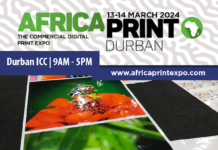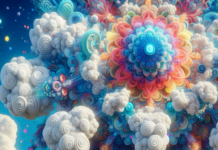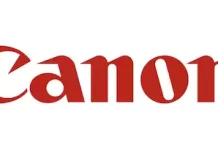Total Appearance Capture (TAC) ecosystem is an appearance measurement solution that brings a new level of accuracy and efficiency to the capture, communication, and digital presentation of physical materials in the virtual world.
TAC enables designers, 3D artists, material specifiers and marketers to bring their product designs to life with digital materials that have the exact same visual characteristics as their physical counterparts. TAC’s sophisticated technology captures physically accurate material measurements and appearance properties, reducing the need for manual adjustments to scanned materials, and improving design and approval cycles.
X-Rite president, Ronald Voigt stated, ‘For nearly 60 years, X-Rite Pantone has created the tools and technologies that have helped companies across a broad array of industry segments including printing, packaging, automotive, plastics, coatings, and textiles to select, communicate, formulate and measure colour. TAC builds on this legacy of innovation, going beyond the science of colour to the more significant challenge of capturing and managing appearance. With TAC, X-Rite is taking virtualisation and 3D technology to the next level by offering a new level of realism and efficiency in digital material capture.’
Dr. Francis Lamy, X-Rite executive vice president and chief technology officer commented, ‘Total appearance is much more than just colour. It is the visual sensation through which an object is perceived. It encompasses not only colour but size, texture, gloss, transparency, and opacity. Traditionally, the capture and virtual rendering of material appearance has been a challenging and time-consuming manual process. TAC’s precise measurements of physical materials ensure that visual appearance can be presented digitally without manual tweaks, freeing designers to unleash their creativity. With TAC, each step of the product development process from marketing to production has access to truly physically correct digital materials, ensuring consistency of presentation.’
By accurately scanning a material’s appearance, TAC minimises the manual manipulation needed to accurately portray the optical complexities of physical materials. In the automotive space, it is projected that this will cut design time by up to 50 percent, accelerating speed-to-market and reducing waste throughout the design-to-production process. TAC also gives design and marketing teams the ability to create a single digital library of materials, ensuring consistent material renderings across all virtualisation platforms used to design products and create marketing materials and point-of-sale tools.
The TAC ecosystem comprises the following suite of products:
• The TAC7 scanner captures and stores colour, texture, gloss, and other surface appearance characteristics of physical material samples.
• Appearance Exchange Format (AxFTM) files communicate scanned information to the PantoraTM Material Hub. The AxF output format is vendor neutral and is easily accessed by most major Product Lifecycle Management (PLM), Computer-Aided Design (CAD), and state-of-the art rendering applications, so there is no need for design departments to change their current information system infrastructure.
• Pantora, a desktop application, is the controlling hub of the TAC ecosystem. It allows users to store, manage, view, and edit digitally captured materials and to exchange these materials, via AxF, with other tools such as the TAC Virtual Light Booth, PLM, and CAD systems.
• The TAC Virtual Light Booth gives designers the ability to evaluate digitised materials rendered on virtual objects under multiple lighting conditions and in direct comparison to physical samples. The booth provides accurate visual assessment even for highly complex, anisotropic materials,, such as special-effects paints and other materials whose appearance changes based on the angle at which they are observed.
A number of PLM and CAD system providers are building integrations with X-Rite’s AxF to leverage the powerful digital material capture capabilities of TAC. For example, Autodesk provides native integration of AxF within VRED Professional 2017, offering users nearly the whole spectrum of sophistication of the TAC scanning technology.
As a result, Autodesk designers have the same level of flexibility and precision in working with digital materials in the virtual world as they do in managing physical materials. Virtual materials created and managed with the TAC-VRED integration behave in a physically accurately way under different illumination, scene, and observation conditions, meeting a critical need of automotive designers.
‘Total Appearance Capture technology has the potential to transform the automotive industry’s processes for designing products and creating marketing materials,’ said Michael Russell, automotive business line manager at Autodesk. ‘TAC addresses a significant pain point for automotive designers, 3D artists, and marketers: the challenge of accurately capturing and virtualising today’s increasingly complex interior and exterior automotive materials, such as special-effects paints, leather, and other fabrics. TAC’s new level of realism streamlines the design process and ensures consistency across design visualisation and marketing tools like online configurators, videos, and product brochures. We’re excited to partner with X-Rite in bringing this exciting new capability to Autodesk’s customers.’
The X-Rite TAC7 scanner, Pantora Material Hub, and AxF are available immediately. The Virtual Light Booth will be available in Q1 of 2017.






















